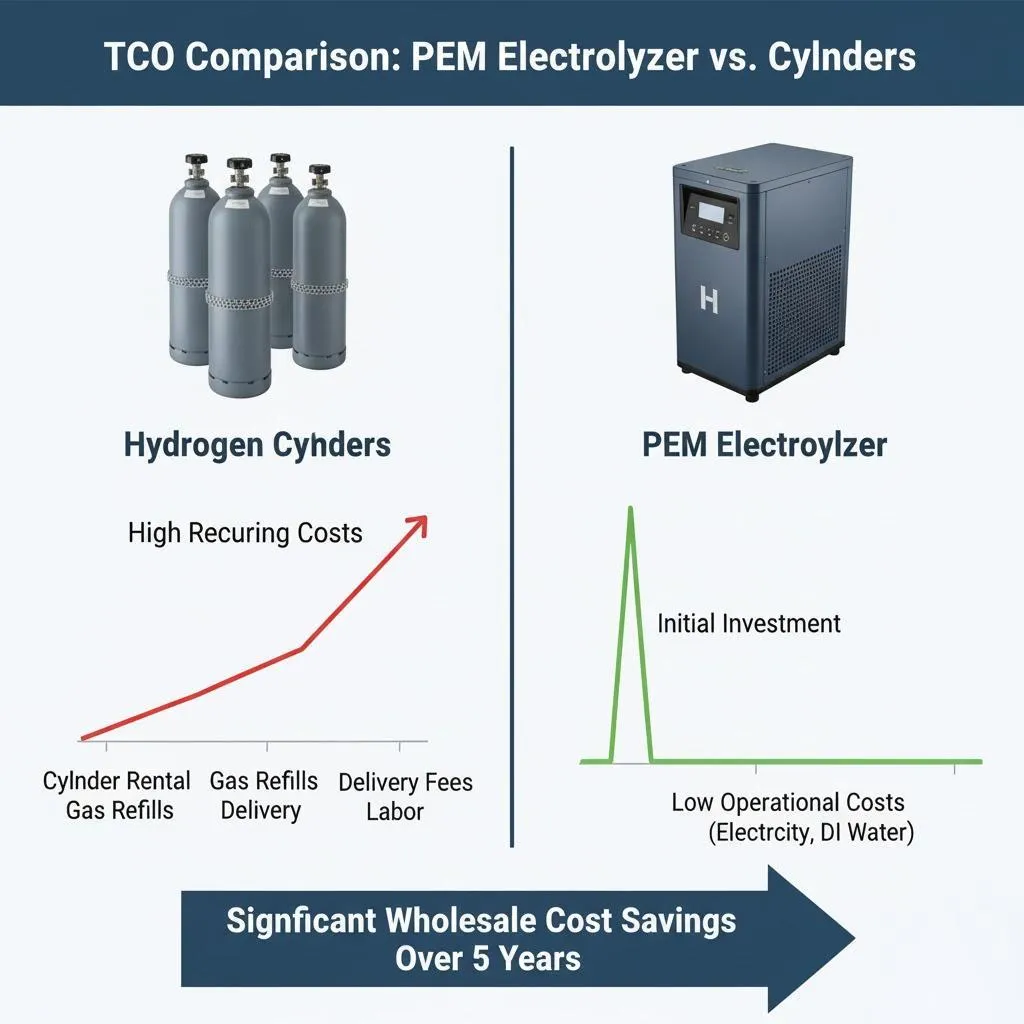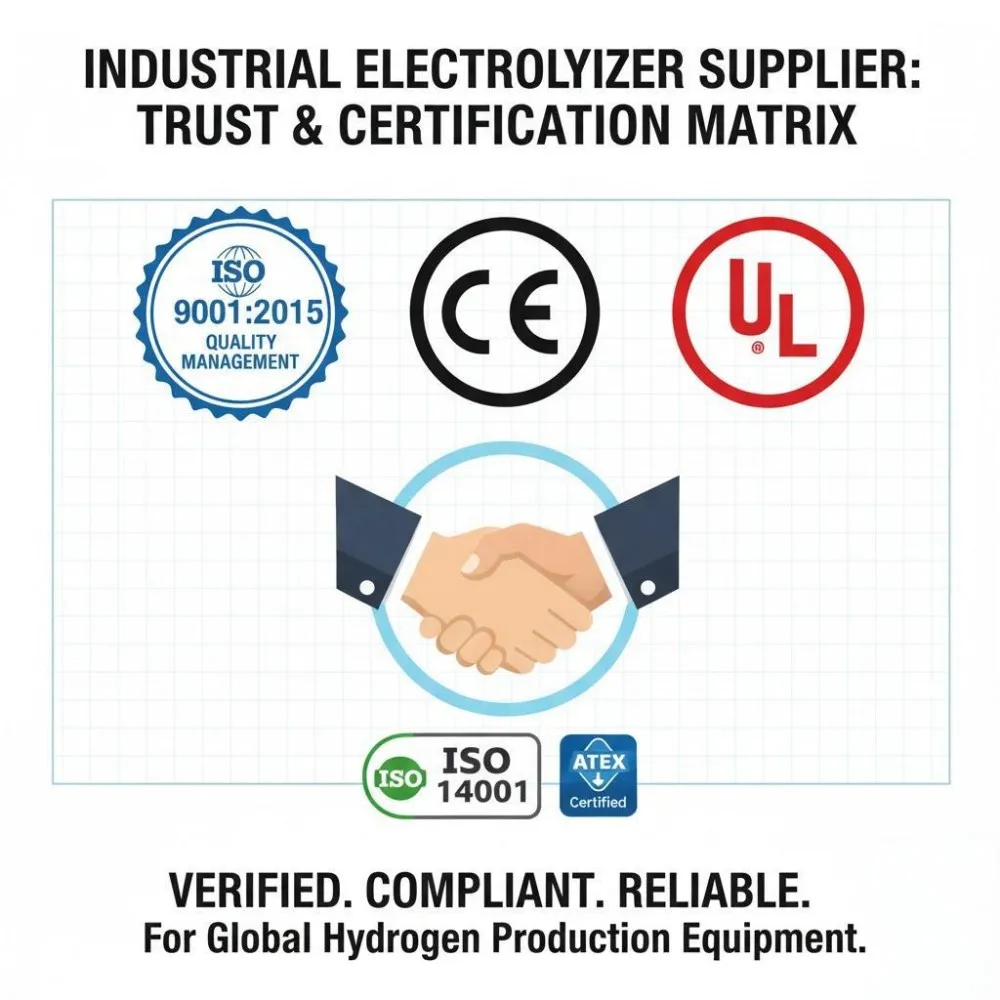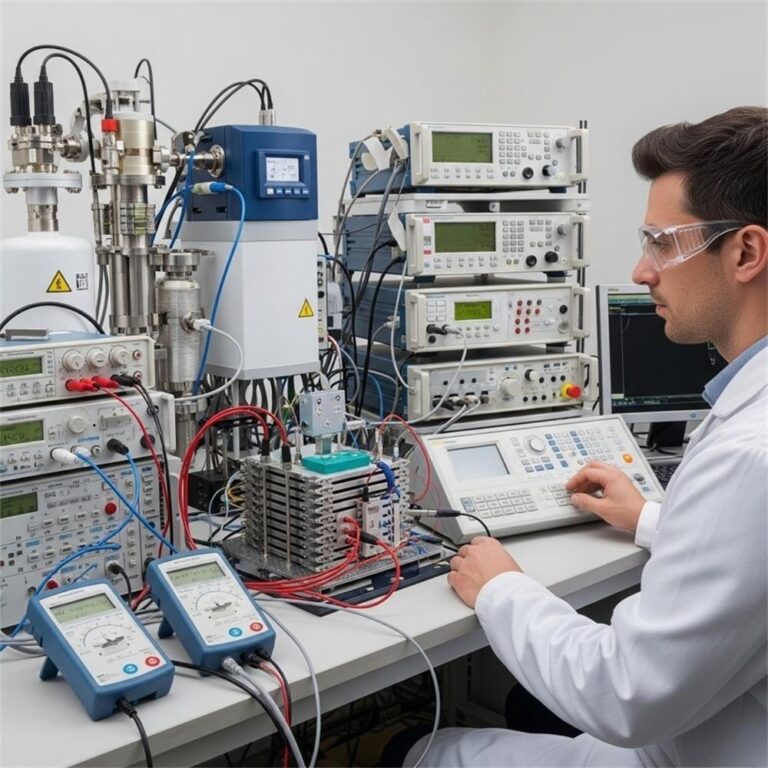Introduction
As the world races toward a cleaner, greener future, the demand for residential green energy solutions is skyrocketing. In fact, according to the International Energy Agency (IEA), the number of homes adopting renewable energy technologies has grown by over 30% in the past decade. Amid this green revolution, a promising technology is gaining ground: the Alkaline Water Electrolyzer.
These innovative systems are reshaping how modern homes harness and store sustainable energy. With the potential to produce clean hydrogen right at home, alkaline water electrolyzers stand out as a beacon of hope for families aiming to reduce their carbon footprint while enhancing energy independence.
This article delves deep into the world of alkaline water electrolyzers, exploring their efficiency, benefits, costs, and the transformative role they play in the future of green energy solutions for modern homes.
Alkaline vs. PEM Electrolysis: A Comparative Overview
When considering water electrolyzers for residential use, two primary technologies dominate the conversation: Alkaline Electrolysis and PEM (Proton Exchange Membrane) Electrolysis.
Basic Principles of Each Method
- Alkaline Electrolysis:
Utilizes a liquid alkaline solution (commonly potassium hydroxide) as the electrolyte. Hydrogen and oxygen gases are produced when an electric current passes through the solution. - PEM Electrolysis:
Employs a solid polymer membrane as the electrolyte. It operates at lower temperatures and produces high-purity hydrogen rapidly.
Pros and Cons
| Feature | Alkaline Electrolysis | PEM Electrolysis |
|---|---|---|
| Cost | Lower upfront and maintenance cost | Higher equipment and maintenance cost |
| Efficiency | Good efficiency (70-80%) | Higher efficiency (up to 85%) |
| Durability | Proven long-term reliability | Sensitive to impurities, shorter lifespan |
| Complexity | Simpler design and operation | More complex, requires precise control |
| Home Suitability | Highly suitable | More suited for industrial and automotive |
Why Alkaline Electrolyzers Are Favored for Homes
Although PEM electrolyzers offer slightly higher efficiency, their high costs and maintenance complexity make them less ideal for residential applications. Alkaline water electrolyzers, with their robustness, affordability, and ease of maintenance, present a far more viable green energy solution for homeowners.
Efficiency Considerations for Alkaline Water Electrolyzers
Efficiency is a critical factor in evaluating any green energy system. Fortunately, alkaline water electrolyzers have made significant strides.
Key Factors Influencing Efficiency
- Operating Temperature:
Optimal performance is achieved between 60°C and 80°C. - Current Density:
Higher current densities improve hydrogen production rates but can affect longevity. - Electrolyte Concentration:
Using an optimal concentration of KOH or NaOH ensures faster and more efficient reactions.
Material and Design Advancements
Modern electrolyzers utilize nickel-based catalysts and porous diaphragms to enhance performance and lifespan. Additionally, innovative electrode designs are improving gas diffusion, further optimizing efficiency.
Examples of Highly Efficient Models
- NEL Hydrogen A-Series: Achieves up to 85% efficiency under optimal conditions.
- McPhy Electrolyzers: Renowned for high reliability and consistent performance in residential setups.
Visual Idea: Efficiency comparison chart of top alkaline electrolyzers vs. PEM units.
Residential Installation and Integration
Installing an alkaline water electrolyzer in a home environment requires careful planning but can be seamlessly executed with the right setup.
Ideal Setup Requirements
- Water Source: Access to purified or deionized water.
- Power Supply: Preferably connected to solar panels or wind turbines.
- Hydrogen Storage: Safe and certified storage tanks.
Safety Considerations
- Install in well-ventilated areas.
- Equip with hydrogen leak detectors.
- Ensure adherence to local codes and regulations.
Maintenance and Lifespan
- Routine Maintenance: Regular cleaning and electrolyte replacement.
- Expected Lifespan: 15-20 years with proper care.
Real-World Case Study
A family in Colorado Springs integrated an alkaline electrolyzer into their off-grid home powered by solar panels. Within two years, they achieved full energy independence, using hydrogen for heating and electricity during cloudy days.
Environmental and Economic Benefits
The shift to alkaline water electrolyzers offers a twofold advantage: protecting the planet while saving money.
Environmental Impact
- Carbon Emission Reduction: Every kilogram of hydrogen produced can offset 9 kilograms of CO2.
- Clean Hydrogen Uses: Home heating, electricity generation, fueling hydrogen vehicles.
Economic Advantages
- Energy Savings: Up to 50% savings on traditional electricity bills.
- Incentives: U.S. homeowners can tap into federal tax credits and local green energy incentives.
Manufacturing & Disposal Impact
Efforts are underway to develop recyclable materials for electrolyzers, minimizing environmental harm when systems reach the end of their lifecycle.
Cost Analysis and ROI
Breaking Down the Costs
| Cost Element | Approximate Amount |
|---|---|
| Purchase Price | $5,000 – $10,000 |
| Installation | $2,000 – $5,000 |
| Maintenance (Annual) | $200 – $500 |
Comparison with Other Energy Sources
- Solar Panels: Higher initial cost but less storage versatility.
- Wind Turbines: Variable output, dependent on location.
Calculating ROI
- Payback period: 5 to 8 years depending on local electricity rates and incentives.
- Long-term savings can exceed $20,000 over 15 years.
Financing Options
Many companies now offer:
- Leasing programs
- Zero-down financing
- Government-backed loans
Visual Idea: Cost-benefit analysis table comparing electrolyzers, solar, and wind.
Frequently Asked Questions (FAQs)
1. Are alkaline water electrolyzers safe for home use?
Yes, with proper installation, maintenance, and safety precautions, they are safe and reliable for residential use.
2. How much hydrogen can a home electrolyzer produce daily?
Depending on the model, a standard system can generate 0.5 to 2 kilograms of hydrogen per day.
3. Can I power my entire home using hydrogen?
Yes, when combined with efficient storage and fuel cell systems, hydrogen can supply 100% of a home’s energy needs.
4. What is the maintenance cost of an alkaline water electrolyzer?
Maintenance costs are relatively low, typically between $200 to $500 annually.
5. How long do residential alkaline electrolyzers last?
With proper care, they can last between 15 to 20 years.
6. Are there any government incentives for installing these systems?
Absolutely! Many countries, including the U.S., offer tax credits, rebates, and grants to promote green energy adoption.
Conclusion
The world needs cleaner, smarter energy solutions, and alkaline water electrolyzers offer a beacon of hope for modern homes seeking green energy solutions. They combine affordability, efficiency, and sustainability into a powerful package that empowers homeowners to take control of their energy future.
As hydrogen becomes more integral to global energy strategies, the role of alkaline water electrolyzers in shaping residential energy landscapes will only grow. Now is the perfect time to explore this transformative technology and join the green revolution from the comfort of your home.
🌱 Ready to unlock the power of green hydrogen? Explore more resources and take your first step toward energy independence today!







